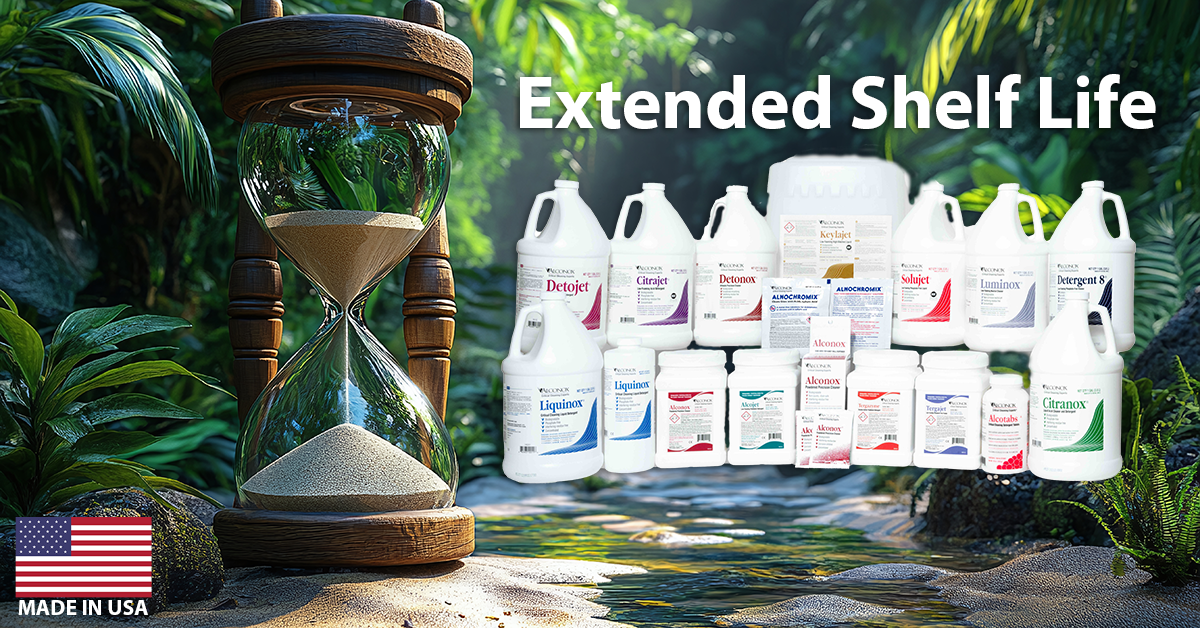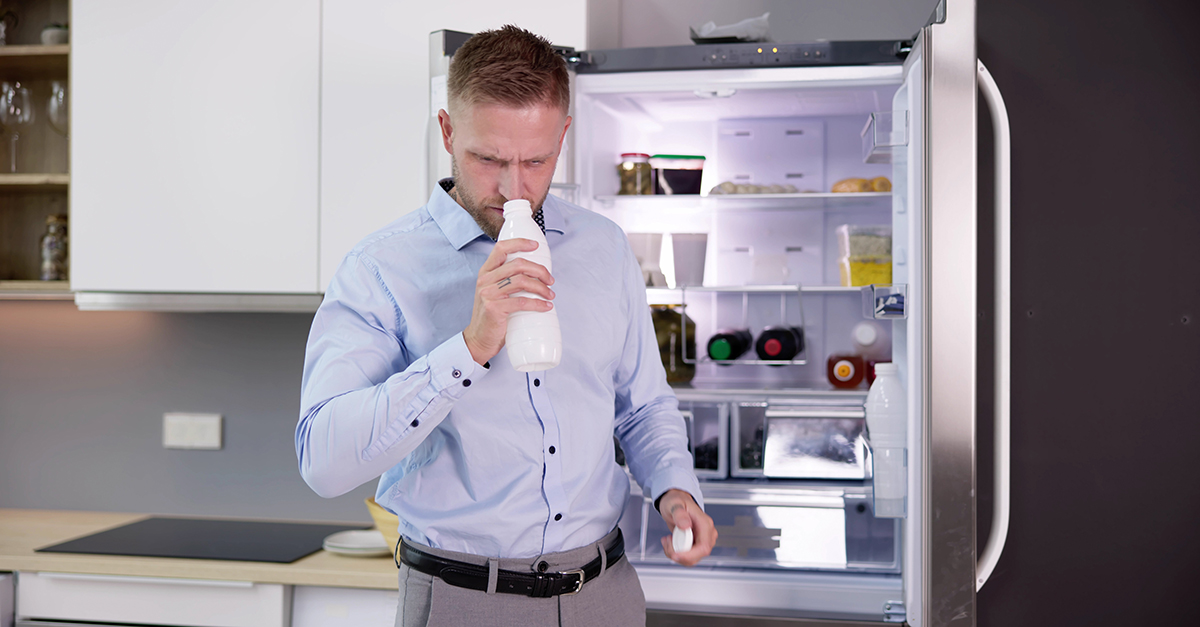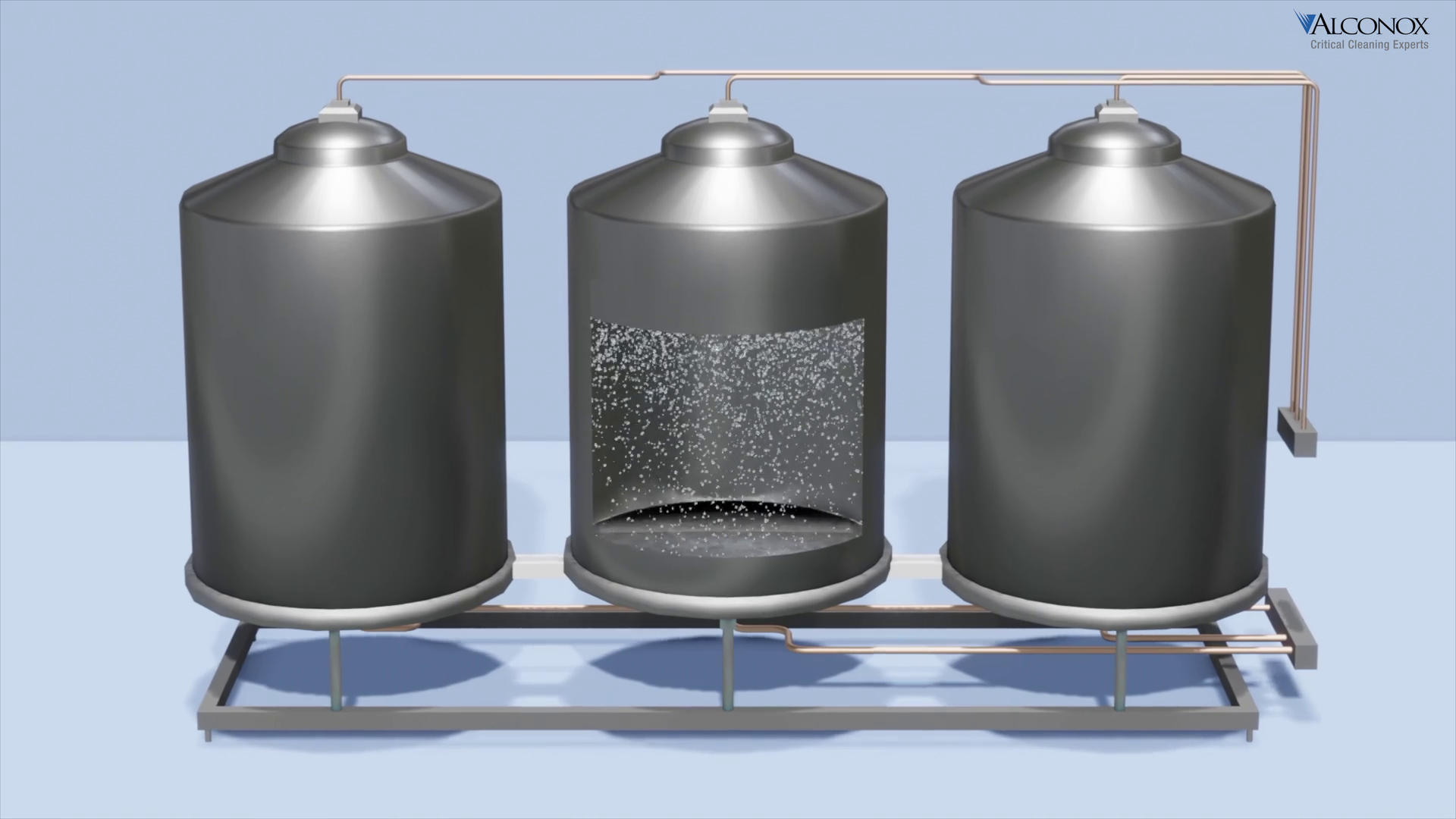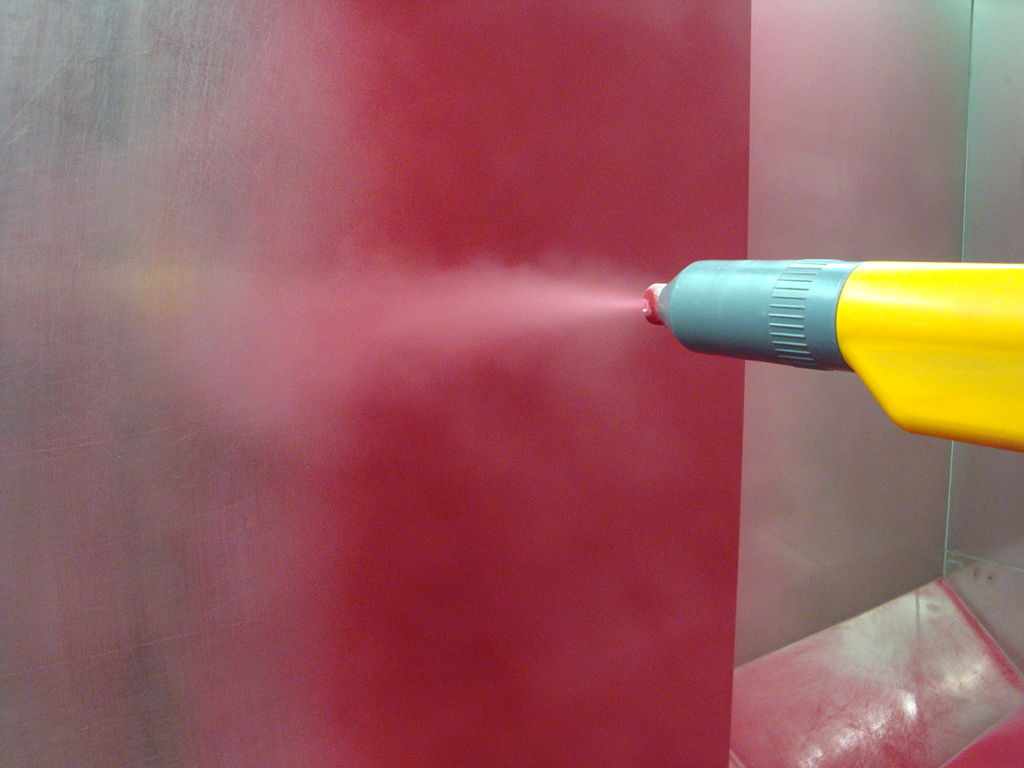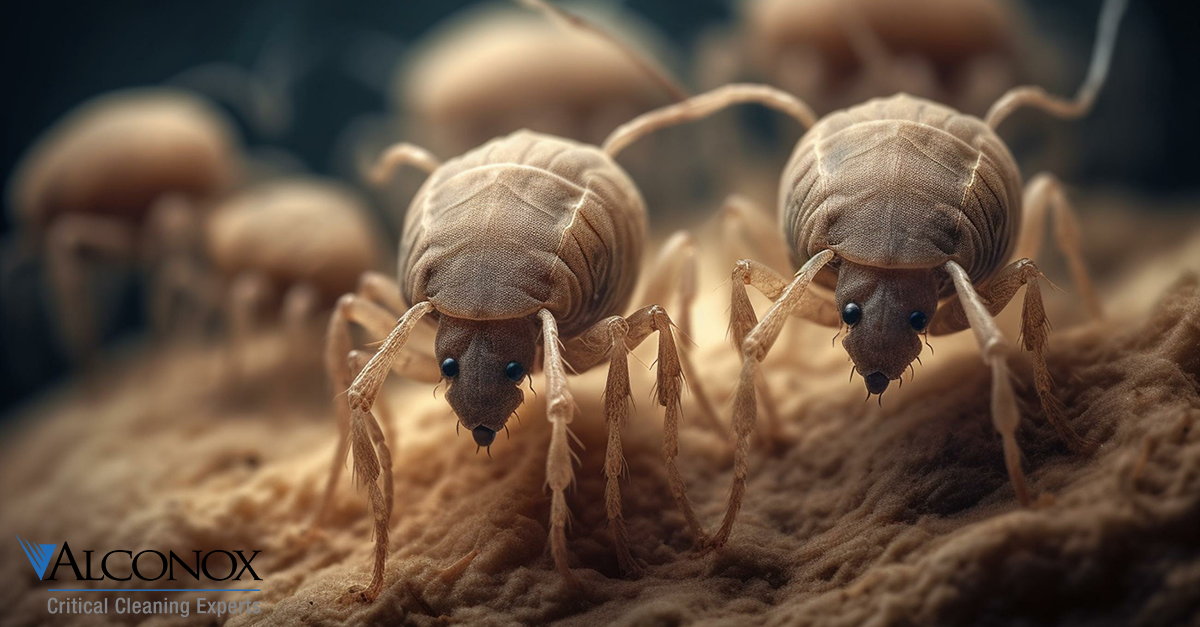
Introduction: Permethrin, a widely used insecticide, often comes in the form of hard-to-dissolve crystals. For those in industries requiring the breakdown or cleaning of these crystals, the process can sometimes prove challenging. However, with the right approach and understanding of the chemistry involved, it becomes a more manageable task. In this post, we’ll explore the use of Keylajet® Low-Foaming Chelating Alkaline Detergent to facilitate this process and offer some tips to maximize its effectiveness.
Background:
- Permethrin: This ester compound, while effective as an insecticide, is not very water-soluble. This property can make its dissolution and subsequent hydrolysis a time-consuming endeavor.
- Keylajet detergent: A low-foaming chelating alkaline detergent, Keylajet is particularly effective for alkaline hydrolysis, which makes it an excellent choice for breaking down permethrin crystals.
The Science Behind the Process:
As permethrin dissolves in the detergent solution, it undergoes hydrolysis, breaking down into its constituent components. Keylajet detergent facilitates this reaction due to its alkaline nature. As some of the dissolved permethrin is hydrolyzed, more permethrin will dissolve, continuing the cycle.
Tips for Optimizing the Process:
- Adjust the Temperature:
- Why: Increasing the cleaning temperature speeds up the rate of alkaline hydrolysis.
- How: Ensure that the cleaning setup allows for temperature regulation and consider warming the Keylajet solution before introducing permethrin. You can consider starting at 60C/140F.
- Modify the Concentration:
- Why: A higher concentration of Keylajet detergent ensures more available alkalinity, which can be especially beneficial if a significant amount of permethrin is being treated.
- How: Gradually increase the concentration of detergent in the solution while monitoring its efficacy in breaking down permethrin. You can consider starting at 2-3% and optimizing.
- Keep an Eye on Alkalinity:
- Why: If there’s an excessive amount of permethrin, the free alkalinity of Keylajet might get depleted.
- How: Regularly check the pH of the solution. If you notice a significant drop (a pH drop of 1 or more), it may be time to add more Keylajet cleaner or start another bath..
Conclusion: With the strategic use of Keylajet detergent and by applying the recommendations listed above, you can optimize the dissolution and hydrolysis processes. By understanding the underlying chemistry and making the necessary adjustments to the cleaning process, industries can more efficiently handle permethrin and similar compounds.
To request an Alconox, LLC detergent for free, please complete the questionnaire at Get Sample. For more information about any one of our Alconox, LLC detergents, consult the technical bulletin for each product. Or click here to access each of our detergent’s Safety Data Sheets.
Do you have a critical cleaning question for the experts at Alconox, LLC? Search TechNotes to see if it’s been answered before or Ask Alconox.
Contact us any time: cleaning@alconox.com
